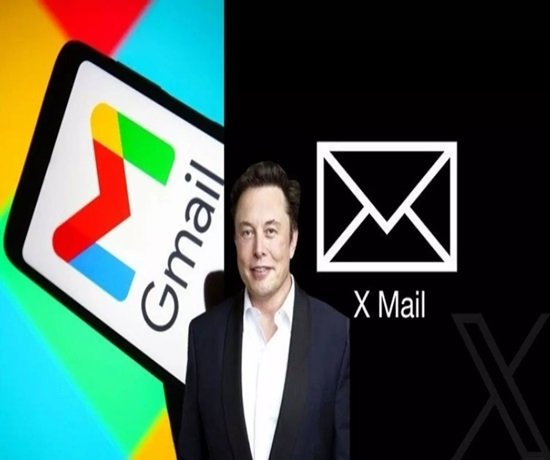Introduction
The possibility of the Elon Musk Xmail email service, hinted at by Mr. Musk on Dec. 15, has sparked both excitement and concern. Musk’s response to a suggestion on X, formerly known as Twitter, stating, “Yeah. On the list of things to do,” has amplified speculation about its development. However, this raises serious security concerns for billions of Gmail users.
Why Xmail Could Be a Risk to Gmail Users
With X’s user base estimated at around 600 million and Gmail boasting over 2.5 billion active users globally, the potential launch of Xmail poses a unique security threat. Here’s why:
Phishing Risks: The hype surrounding Musk’s ventures and X’s prominent media presence could create the perfect storm for phishing attacks.
AI-Driven Scams: Advancements in AI have made phishing attempts more realistic and cost-effective for cybercriminals.
User Temptation: Gmail users may fall prey to fake “Xmail beta access” invitations, designed to steal login credentials or financial information.
Lessons from Past Speculation
In February 2024, Musk’s response to a similar query about Xmail (“It’s coming”) generated widespread attention. Though the service remains unconfirmed, the ongoing buzz continues to attract cyber criminals.
The Perfect Phishing Storm
Musk’s Influence: His close ties to President-elect Trump and a rumored role in the new Department of Government Efficiency amplify interest in his statements.
X’s Media Dominance: Despite user migration to rivals like Bluesky, X remains highly visible.

Gmail’s Popularity: As the world’s leading free email platform, Gmail users are prime targets for phishing schemes exploiting the Xmail rumor.
Security and Privacy Implications
While Xmail remains speculative, potential features can be anticipated:
Encryption: Musk’s interest in a “plain text DM inbox” hints at end-to-end encryption, building on X’s existing encrypted messaging features.
Subscription Model: A likely advertising-free, subscription-based model could appeal to privacy-conscious users.
Competitor Dynamics: Challenges include existing platforms operating under the “Xmail” name, which may complicate branding and domain acquisition.
Mitigating Social Engineering and Phishing Threats
Phishing and social engineering attacks are evolving, leveraging tactics like:
Multichannel Phishing: Cybercriminals use email as an initial contact point, steering victims to other platforms like WhatsApp or Telegram to build trust.
Sophisticated Scenarios: Examples include impersonating cryptocurrency exchanges to manipulate users into clicking malicious links.
Best Practices to Stay Safe
Awareness Campaigns: Educate users about phishing threats.
Technical Defenses: Employ robust email filters and authentication protocols.
Verification Steps: Avoid sharing sensitive information via unverified sources or links.
Challenges to Elon Musk’s Email
1. Branding Confusion
There are already services operating under the \u201cXmail\u201d name, which could lead to legal and branding challenges. Musk\u2019s team would need to navigate this carefully.
2. Competition
Gmail and Outlook dominate the email landscape. To carve out a space, Xmail would need to offer truly unique features and a compelling value proposition.
Conclusion
The speculation around Elon Musk’s Email underscores the importance of vigilance. While an XMail-backed email service could bring innovation, it also opens doors for cyber threats. Until Xmail becomes a reality, Gmail users should remain cautious of phishing schemes exploiting the rumor. Stay informed, stay secure, and always verify the authenticity of new services before engaging.










































